Laundry appliances have evolved significantly, offering diverse options to cater to various needs. Selecting the ideal dryer for your laundry requirements involves understanding the nuances of different types available on the market. In this comprehensive guide, we will dive deeper into the three main types of dryers while exploring their functionalities and uses. Additionally, we’ll provide practical tips to assist you in making an informed decision tailored to your specific needs.
1. Ventless Dryers:
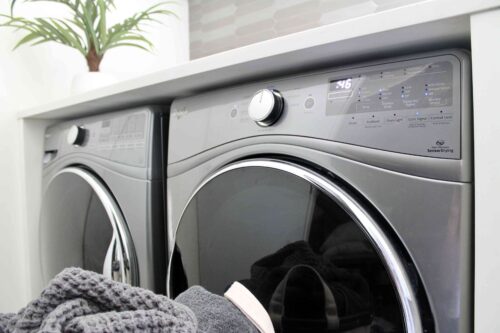
Ventless dryers, also known as condenser dryers, have gained popularity for their installation flexibility. Unlike vented dryers, ventless models do not require an external vent. Instead, they employ a heat exchanger to cool and condense the moisture from the air, collecting it separately in a container or draining it away.
How Do Ventless Dryers Work?
Ventless dryers draw in ambient air, heat it, and circulate it through the clothes. The moisture-laden air then passes through the heat exchanger, where the moisture is condensed into water. The dry air is reheated and circulated back through the clothes till they are dried.
Pros and Cons of Ventless Dryers:
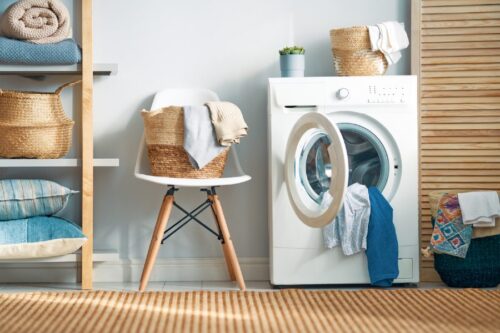
Pros:
Flexibility in Placement: Ventless dryers can be installed virtually anywhere, making them suitable for apartments and spaces without external vent access.
Energy Efficiency: As they recycle hot air, ventless dryers tend to be more energy-efficient than vented models.
No Heat Loss: Since ventless dryers don’t expel heated air outside, they can be advantageous in colder climates.
Cons:
Longer Drying Times: One drawback is that ventless dryers often have longer drying cycles compared to their vented counterparts.
Initial Cost: The upfront cost of ventless dryers is usually higher than vented models.
Maintenance: Regular cleaning of the condenser and the water reservoir is essential for optimal performance.
2. Vented Dryers:
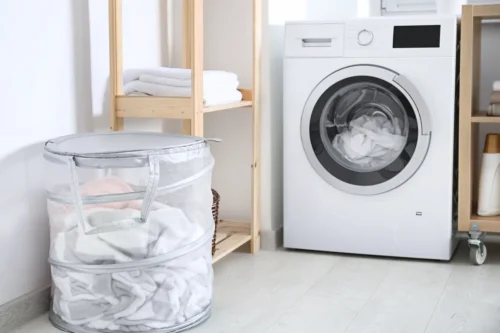
Vented dryers, called traditional dryers, remain the most common type you can find in the market. They expel warm, moist air outside through a duct, relying on an external vent to remove humidity and facilitate a faster drying process.
How Do Vented Dryers Work?
Vented dryers pull in ambient air, heat it, and circulate it through the drum. The moist air is then expelled through a vent to the outside, leaving the clothes dry.
Pros and Cons of Vented Dryers:
Pros:
Faster Drying: Vented dryers generally have shorter drying cycles compared to ventless models, making them efficient for larger loads.
Cost: Vented dryers are often more affordable upfront.
Variety of Options: There is a wide range of sizes and capacities available, catering to diverse user needs.
Cons:
Installation Limitations: Vented dryers require installation near an external wall with proper venting access.
Energy Consumption: They may be less energy-efficient compared to ventless and heat pump dryers.
Heat Loss: Expelling hot air outside results in some loss of heat energy.
3. Heat Pump Dryers:

Heat pump dryers represent a newer technology in laundry appliances. They utilise a closed-loop system to recirculate and reuse hot air, operating similarly to ventless dryers but with a more advanced heat exchange system.
How Do Heat Pump Dryers Work?
Heat pump dryers use a heat exchanger to cool and condense moisture from the air. The extracted heat is then reused to warm the air for the next drying cycle, maximising energy efficiency.
Pros and Cons of Heat Pump Dryers:
Pros:
High Energy Efficiency: Heat pump dryers are among the most energy-efficient options available.
Gentle on Clothes: Lower drying temperatures make them gentler on fabrics, extending the lifespan of your clothes.
No External Vent Needed: Like ventless dryers, they don’t require an external vent for installation.
Cons:
Higher Initial Cost: Heat pump dryers typically come with a higher upfront cost.
Longer Drying Times: Similar to ventless dryers, heat pump models may have longer drying cycles.
Complexity: The technology involved is more complex, potentially requiring more maintenance.
Shopping Tips for Choosing Your Dryer
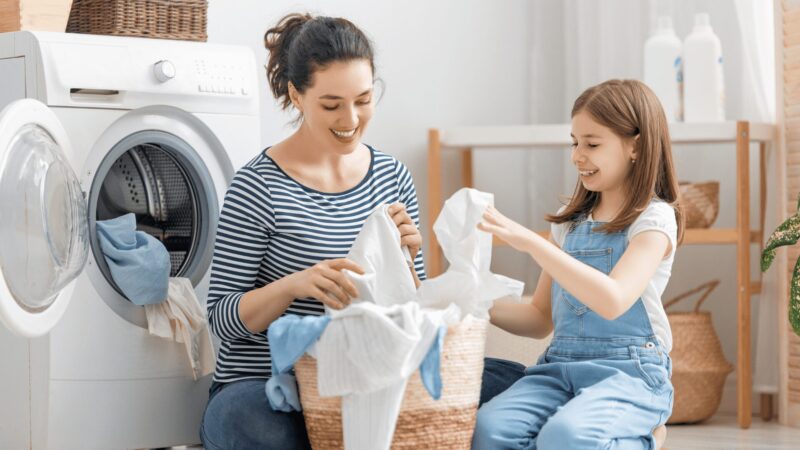
Assess Your Laundry Habits:
Understanding your household’s laundry needs is crucial. Consider the volume of laundry, types of fabrics, and any specific challenges you face. Determine if you need a matching set with a washer designed to work seamlessly with the dryer. Assessing your laundry habits ensures that the chosen dryer aligns with your specific requirements.
Read Reviews and Compare Prices:
Before visiting an appliance dealer, take advantage of online resources. Read customer reviews to gain insights into the performance, reliability, and user satisfaction of different dryer models. Additionally, compare prices across various retailers to ensure you get the best deal for the features you desire. Keep an eye out for any sales on dryers as well.
Measure Your Space:
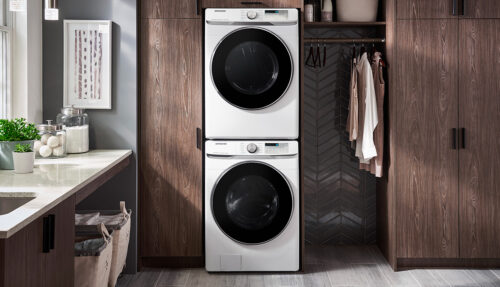
The perfect dryer should not only meet your laundry needs but also fit seamlessly into your designated space. Measure the area where you plan to install the dryer, considering dimensions, doorways, and stairwells. This step ensures that the chosen model fits comfortably and that the installation process is smooth.
Check Manufacturer’s Customer Service:
Investigate the manufacturer’s customer service record and the warranties offered. A reliable customer service team is vital in case of technical issues or malfunctions. Look for manufacturers with a history of responsive and helpful customer support to ensure peace of mind throughout the lifespan of your appliance.
Prioritise Features Based on Budget:
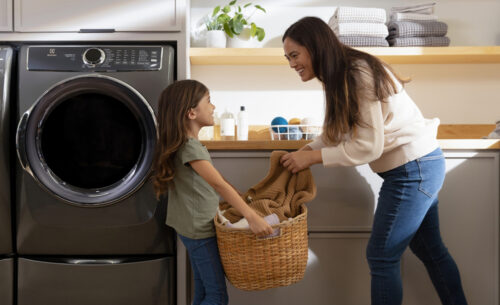
Dryers come with a range of features, from basic mechanical controls to advanced settings and technology. Prioritise features based on your budget and specific needs. If cost savings are a priority, consider opting for a basic model with mechanical controls and a limited number of cycles. This ensures that you get a reliable dryer without breaking the bank on unnecessary features and if you are after energy saving, go for energy-efficient models that can lead to significant savings on your utility bills over time.
Long-Term Durability:
Look for indicators of long-term durability, such as the build quality of the dryer, the reputation of the brand, and the materials used in construction. Investing in a durable dryer ensures that it will withstand the rigours of regular use and continue to perform efficiently over the years.
The Final Thoughts
In conclusion, choosing the right dryer involves a careful assessment of your specific needs, budget considerations, and available space. Ventless dryers offer flexibility in placement but may have longer drying times while vented dryers provide faster drying but require external venting. Heat pump dryers, on the other hand, combine energy efficiency with gentle drying at a higher initial cost.
Before making a final decision, weigh the pros and cons, considering your laundry habits, space constraints, and long-term energy savings. By incorporating our shopping tips into your decision-making process, you can find a dryer that not only meets your laundry needs but also aligns with your budget and lifestyle preferences. Armed with this comprehensive guide and practical tips, you can confidently choose a dryer that aligns with your lifestyle, ensuring efficient and effective drying for your clothes.




